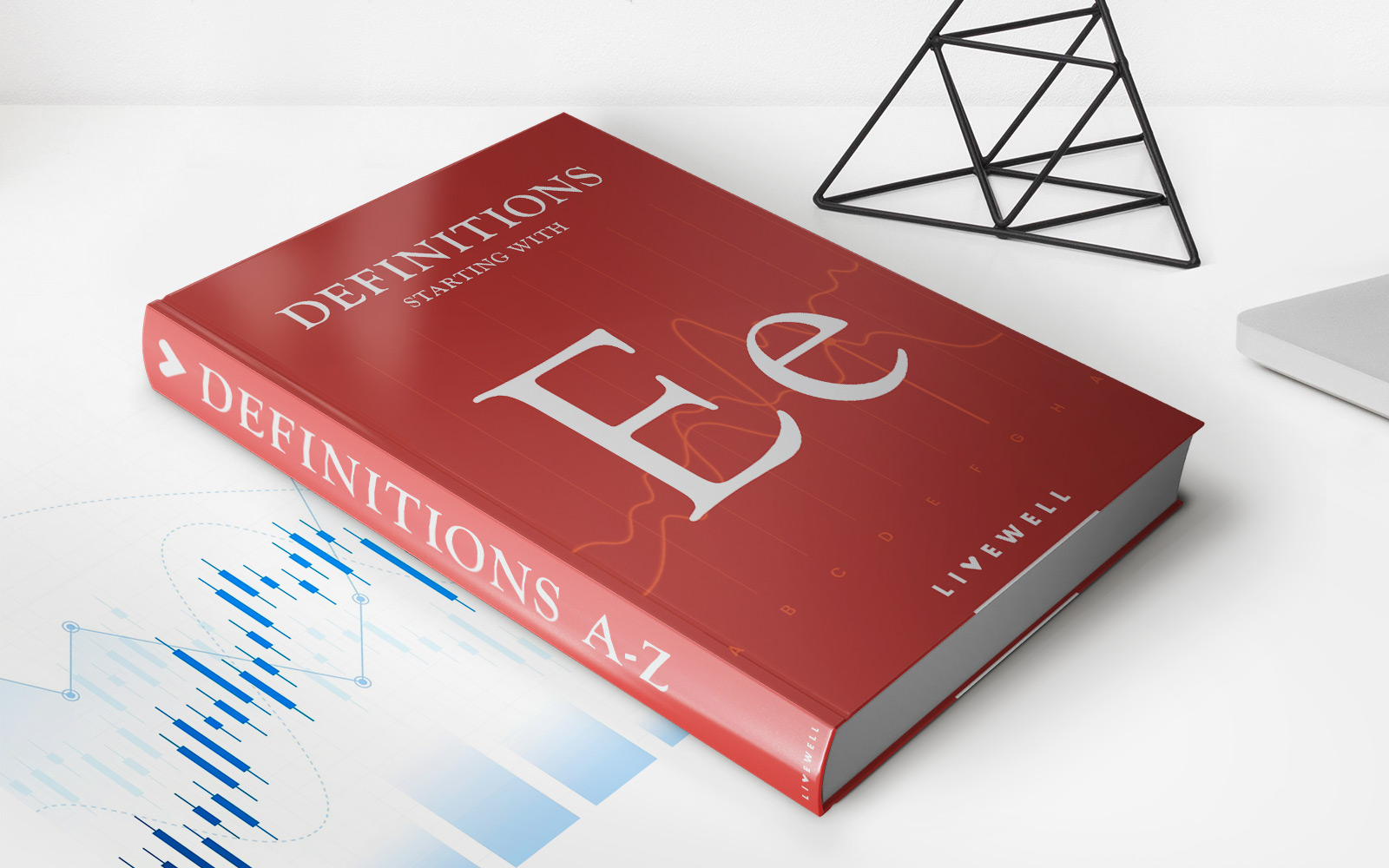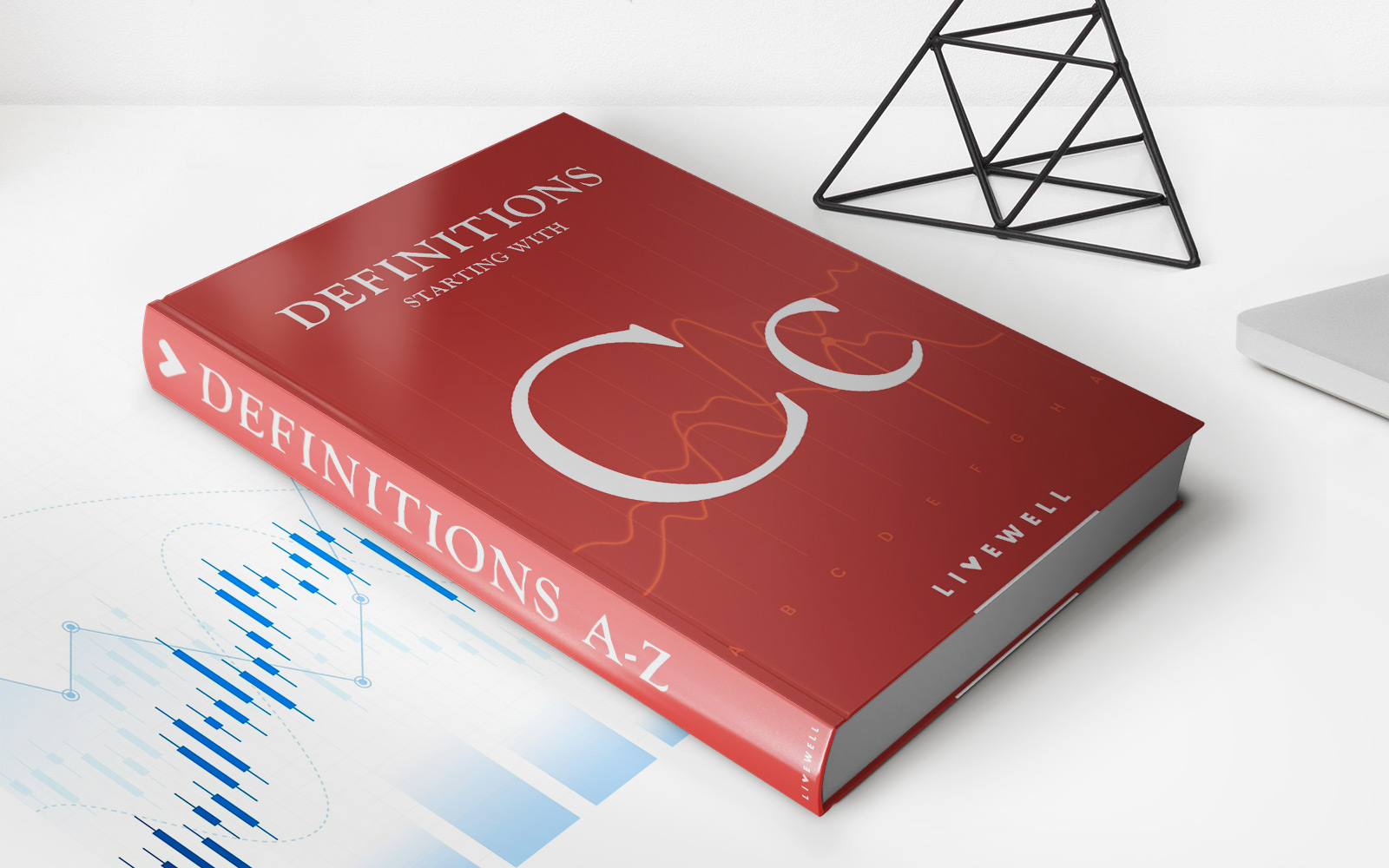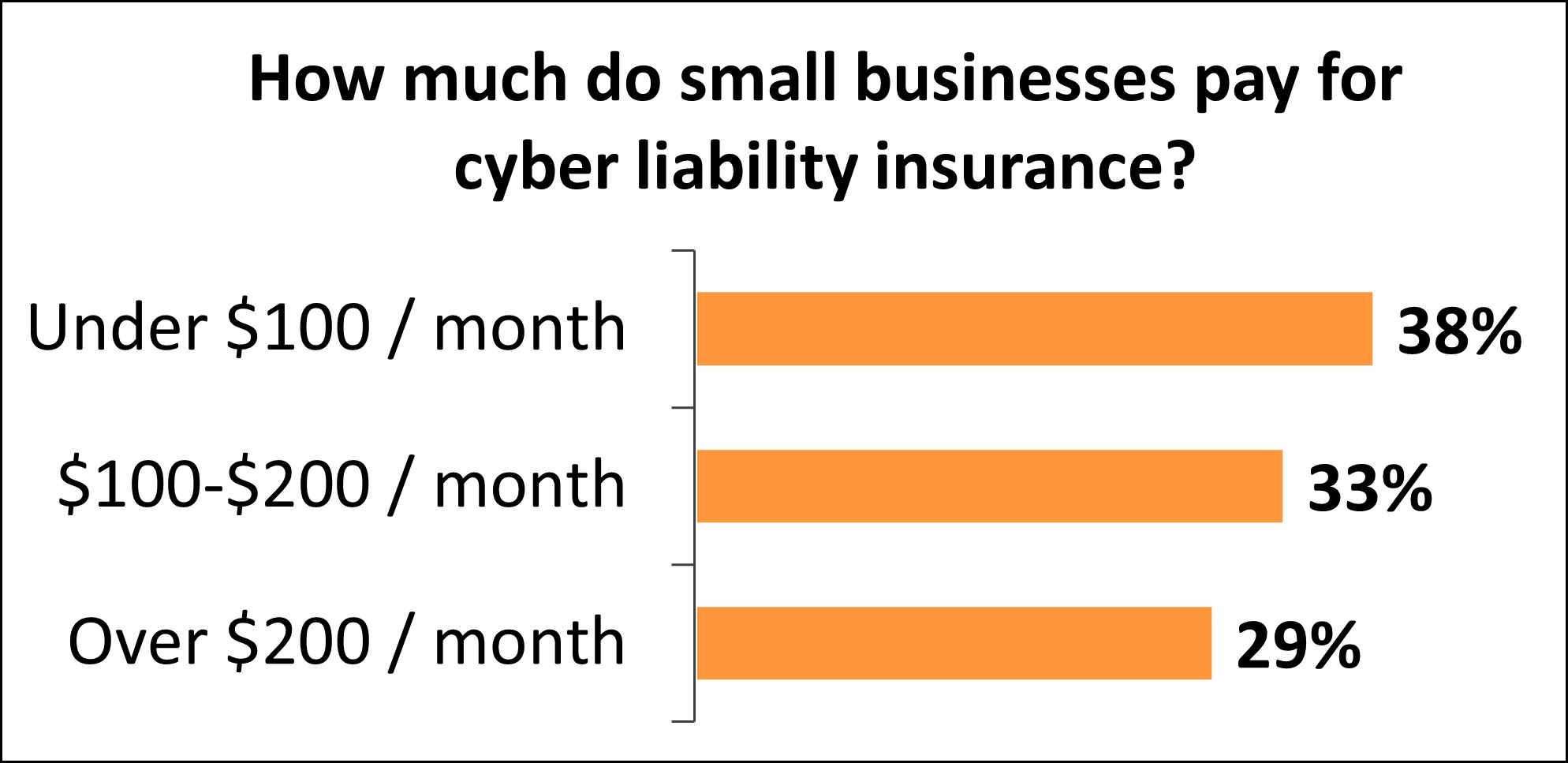Home>Finance>When Paying Credit Cards, Is It Better To Pay Current Or Statement Balance


Finance
When Paying Credit Cards, Is It Better To Pay Current Or Statement Balance
Published: March 2, 2024
Learn the best approach for paying off credit card balances - whether to pay the current balance or the statement balance. Get expert advice on managing your finances.
(Many of the links in this article redirect to a specific reviewed product. Your purchase of these products through affiliate links helps to generate commission for LiveWell, at no extra cost. Learn more)
Table of Contents
Introduction
When it comes to managing credit card payments, understanding the nuances between paying the current balance and the statement balance is crucial for maintaining healthy financial habits. Many individuals may find themselves uncertain about which balance to prioritize, potentially leading to confusion and financial mismanagement. In this article, we will delve into the differences between the current balance and the statement balance, exploring the advantages and disadvantages of paying each. By gaining a comprehensive understanding of these concepts, individuals can make informed decisions that align with their financial goals and circumstances.
Understanding the intricacies of credit card balances is essential for effectively managing one's finances. The current balance refers to the total amount that is owed on the credit card at any given moment, encompassing all recent transactions and any unpaid balances from previous billing cycles. On the other hand, the statement balance reflects the amount that was owed at the end of the previous billing cycle, as indicated on the monthly statement. These distinctions hold significant implications for individuals aiming to make strategic and responsible decisions regarding their credit card payments.
As we navigate the complexities of paying the current balance versus the statement balance, it is important to recognize that each approach carries its own set of advantages and drawbacks. By weighing these factors and considering individual financial circumstances, individuals can determine the most suitable payment strategy. Ultimately, the goal is to empower individuals with the knowledge and insights necessary to navigate credit card payments effectively, fostering financial stability and well-being.
Understanding Current Balance and Statement Balance
To effectively manage credit card payments, it is essential to grasp the distinctions between the current balance and the statement balance. The current balance represents the total amount owed on the credit card at any given time, encompassing recent transactions and any outstanding balances from previous billing cycles. This balance is dynamic, fluctuating with each transaction and payment made. On the other hand, the statement balance reflects the amount owed at the end of the previous billing cycle, as indicated on the monthly statement generated by the credit card issuer.
When the statement is issued, it outlines the statement balance, which is the amount that the cardholder is required to pay by the due date to avoid interest charges and potential negative impacts on their credit score. Understanding this distinction is pivotal for individuals seeking to make informed decisions about their credit card payments.
Moreover, comprehending the implications of carrying a balance on the credit card is crucial. When a balance is carried from one billing cycle to the next, interest accrues on the outstanding amount, leading to additional financial costs for the cardholder. By paying the statement balance in full by the due date, individuals can avoid accruing interest on their purchases, thereby promoting sound financial management.
By gaining a comprehensive understanding of these balances, individuals can make informed decisions regarding their credit card payments, ultimately contributing to their financial well-being and stability. This knowledge empowers individuals to navigate the intricacies of credit card balances effectively, enabling them to make strategic decisions aligned with their financial goals and circumstances.
Pros and Cons of Paying Current Balance
When considering whether to pay the current balance on a credit card, it is important to weigh the advantages and disadvantages associated with this approach. Paying the current balance in full ensures that all recent transactions and outstanding balances are settled, providing a sense of financial responsibility and control. Additionally, by paying the current balance, individuals can mitigate the risk of accruing interest on carried balances, ultimately saving money in the long run.
However, there are potential drawbacks to prioritizing the current balance. If the current balance is substantial, paying it in full may place a strain on one’s financial resources, potentially impacting other essential expenses or savings goals. Additionally, focusing solely on the current balance may lead individuals to neglect the statement balance, which could result in interest charges and potential repercussions for their credit score.
Furthermore, paying only the current balance without addressing the statement balance may perpetuate a cycle of carrying balances from one billing cycle to the next, potentially leading to increased interest costs over time. As such, while paying the current balance offers immediate relief from recent transactions and outstanding balances, it is essential to consider the broader financial implications and the potential impact on long-term financial health.
By carefully evaluating the pros and cons of paying the current balance, individuals can make informed decisions that align with their financial circumstances and goals. This approach necessitates a comprehensive understanding of the implications of settling the current balance in full, considering both the immediate benefits and the potential long-term consequences.
Pros and Cons of Paying Statement Balance
When deliberating whether to pay the statement balance on a credit card, it is imperative to assess the advantages and disadvantages associated with this payment approach. Paying the statement balance in full by the due date enables individuals to avoid accruing interest on their credit card purchases, promoting financial prudence and minimizing additional costs. By prioritizing the statement balance, individuals can effectively manage their credit card debt and maintain a positive credit history, which is vital for future financial endeavors.
Furthermore, focusing on paying the statement balance encourages responsible financial habits, as it ensures that individuals are consistently meeting their payment obligations and avoiding the pitfalls of carrying balances from one billing cycle to the next. This proactive approach to credit card management can contribute to long-term financial stability and reduce the burden of interest charges over time.
However, there are potential drawbacks to exclusively paying the statement balance. If the statement balance is sizable, settling it in full may pose a challenge for individuals, potentially impacting their cash flow and ability to address other financial priorities. Additionally, solely focusing on the statement balance without considering the current balance may lead individuals to overlook recent transactions and outstanding balances, potentially resulting in financial strain in subsequent billing cycles.
Moreover, neglecting the current balance in favor of the statement balance may perpetuate a cycle of accumulating balances, leading to increased interest costs and potential financial strain over time. Therefore, while paying the statement balance offers advantages such as interest avoidance and credit management, it is crucial to assess the broader financial implications and consider the potential impact on overall financial well-being.
By carefully weighing the pros and cons of paying the statement balance, individuals can make informed decisions that align with their financial circumstances and objectives. This approach requires a comprehensive understanding of the immediate benefits and potential long-term consequences associated with prioritizing the payment of the statement balance in full.
Factors to Consider When Deciding Which Balance to Pay
When determining whether to prioritize the payment of the current balance or the statement balance on a credit card, several crucial factors warrant consideration. Understanding these factors is instrumental in making informed decisions that align with individual financial circumstances and goals.
- Interest Accrual: One of the primary considerations is the potential for interest accrual. Paying the statement balance in full by the due date allows individuals to avoid interest charges on their credit card purchases, promoting financial prudence and minimizing additional costs. Conversely, neglecting the statement balance may lead to interest accumulation, impacting long-term financial well-being.
- Financial Resources: Assessing one’s financial resources is essential. If the current balance is substantial and paying it in full would strain financial resources, prioritizing the statement balance to avoid interest charges may be a more viable option. Conversely, if the current balance is manageable, settling it in full can provide immediate relief and financial control.
- Credit Score Impact: The impact on one’s credit score is a critical consideration. Consistently paying the statement balance in full can contribute to a positive credit history, which is vital for future financial endeavors. Neglecting the statement balance may lead to credit score repercussions, potentially hindering access to favorable loan terms and financial opportunities.
- Long-Term Financial Health: Evaluating the implications for long-term financial health is paramount. Prioritizing the statement balance fosters responsible credit management and reduces the burden of interest costs over time, contributing to sustained financial stability. Conversely, solely focusing on the current balance may lead to a cycle of carrying balances, resulting in increased interest expenses and potential financial strain.
- Spending Habits: Reflecting on spending habits is crucial. Understanding one’s propensity for making purchases and carrying balances can inform the decision-making process. Individuals prone to carrying balances may benefit from prioritizing the statement balance to mitigate interest costs and promote disciplined financial behavior.
By considering these factors and evaluating their individual financial circumstances, individuals can make informed decisions regarding which credit card balance to prioritize. This approach empowers individuals to navigate credit card payments effectively, fostering financial stability and well-being while promoting responsible financial management.
Conclusion
Navigating credit card payments involves a nuanced understanding of the distinctions between the current balance and the statement balance, as well as the implications of prioritizing one over the other. By delving into the pros and cons of paying each balance, individuals can make informed decisions that align with their financial circumstances and goals.
Understanding the implications of paying the current balance versus the statement balance is pivotal for fostering responsible credit management and financial well-being. By paying the current balance, individuals can settle recent transactions and outstanding balances, mitigating the risk of accruing interest on carried balances. Conversely, prioritizing the payment of the statement balance enables individuals to avoid interest charges, maintain a positive credit history, and promote long-term financial stability.
Ultimately, the decision of which balance to prioritize hinges on a comprehensive evaluation of individual financial resources, spending habits, and long-term financial objectives. Factors such as interest accrual, credit score impact, and long-term financial health play a crucial role in guiding this decision-making process. By carefully weighing these considerations, individuals can make informed choices that align with their financial well-being and promote responsible credit management.
Empowered with the knowledge and insights gleaned from understanding the nuances of credit card balances, individuals can navigate their financial obligations with confidence and prudence. By making informed decisions about which balance to prioritize, individuals can work towards minimizing interest costs, maintaining a positive credit history, and fostering long-term financial stability.
In conclusion, the complexities of credit card payments underscore the importance of informed decision-making and a comprehensive understanding of the implications of paying the current balance versus the statement balance. By weighing the pros and cons of each approach and considering individual financial circumstances, individuals can make strategic and responsible choices that contribute to their financial well-being and long-term stability.














